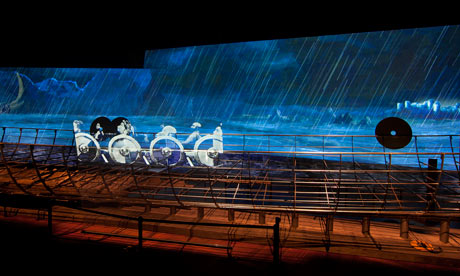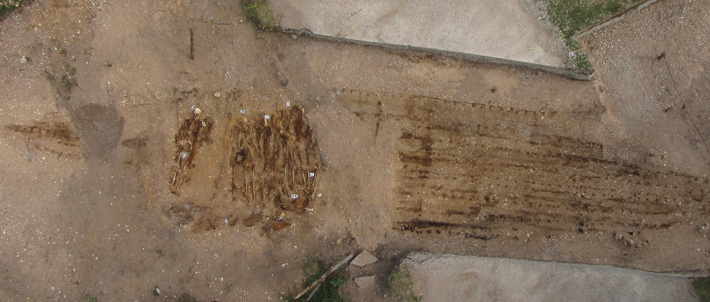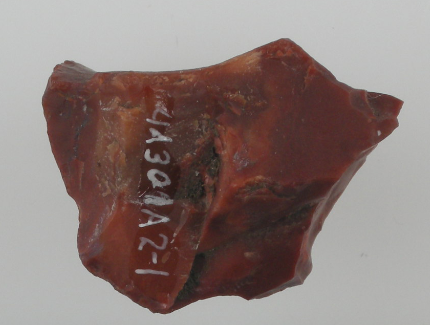A rare piece of Viking gold dating back more than a thousand years was discovered by an amateur with a metal detector in Northern Ireland, it was revealed.
The ingot is one of only a few nuggets known from Ireland, experts said Photo: PA
Tom Crawford was pursuing his hobby in farmland in Co Down last year when he found the small but precious ingot, which may have been used as currency during the 9th and 10th centuries. It is one of only a few nuggets known from Ireland, experts said.
Mr Crawford also uncovered a tiny silver ring brooch with unusual floral imprints, probably used for decoration by a man or woman during the Medieval period, a short distance away.
"It is all part of the big jigsaw of the history of this country," he told a Belfast inquest convened to establish if the find was treasure.











